

The pet sector offers huge potential for growth worldwide. By 2009 the overall market could grow from € 44 bn currently to as much as € 51 bn
This was the point made emphatically by Eric Combelles, the head of pet industry research at Euromonitor International, in an address at the international press conference at the Interzoo pet supplies fair in Nuremberg. He believes that the propitious development of the pet sector is attributable primarily to the increased awareness of pet owners of the needs of their pets (“pampering of pets”). The migration of pet owners towards premium products, termed “premiumisation” by Eric Combelles, and the increasing popularity of dry food had given the sector a further boost, he stated. The market researcher is not afraid of the future either, assuming annual sales increases of between 3 and 4 per cent. High growth rates in sales were to be expected in Eastern Europe and Latin America in particular in the next few years, along with Japan. And there was no end in sight to the growth trend in the USA, Western Europe or Asia either.The favourable prognoses for the development of the pet supplies business are closely linked to the global change in lifestyles. In South America, for example, Combelles has seen a sharp increase in the number of single-person households, which probably has a positive effect on pet owning. And he pointed to the over-sixties generation, which is growing rapidly in the industrialised nations and has a comparatively high income plus a relatively large amount of free time, as another increasingly important target group for the pet sector.Eric Combelles sees further impetus resulting from new product developments and innovations too. These could engineer a further increase in awareness among pet owners, resulting in further diversification of the market. How do the individual distribution channels benefit from growth in the pet sector? Combelles presented comparative figures from 1998 and 2005 that showed the change in market share of the individual distribution channels. According to these, pet superstores in particular, which increased their market share from 10.8 per cent to 12.9 per cent between 1998 and 2005, were among the main winners. Non-food stores also grew their market share in this period from 12 to 13.5 per cent. Traditional pet shops declined slightly, but still had a market share of 19 per cent in 2005 (1998: 19.6 per cent), and the supermarkets suffered slight losses with a drop from 41.2 to 40.5 per cent.Another major theme that Eric Combelles addressed in his talk was the development of the principal manufacturing companies…
Related articles
Read also

 Menü
Menü

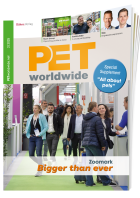




 7-8/2006
7-8/2006
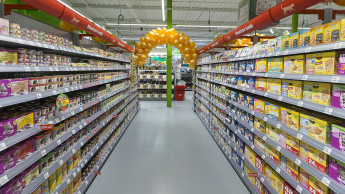
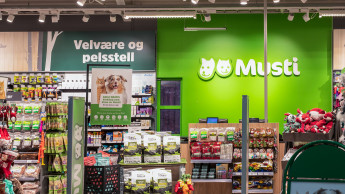


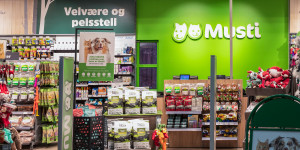


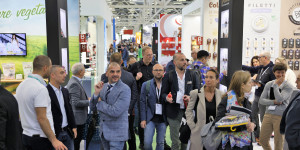

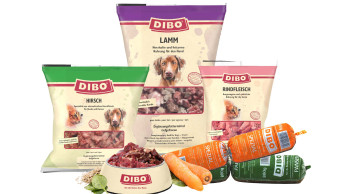

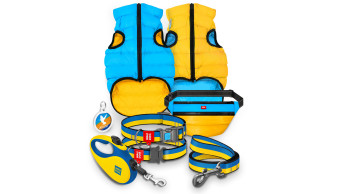
 Newsletter
Newsletter